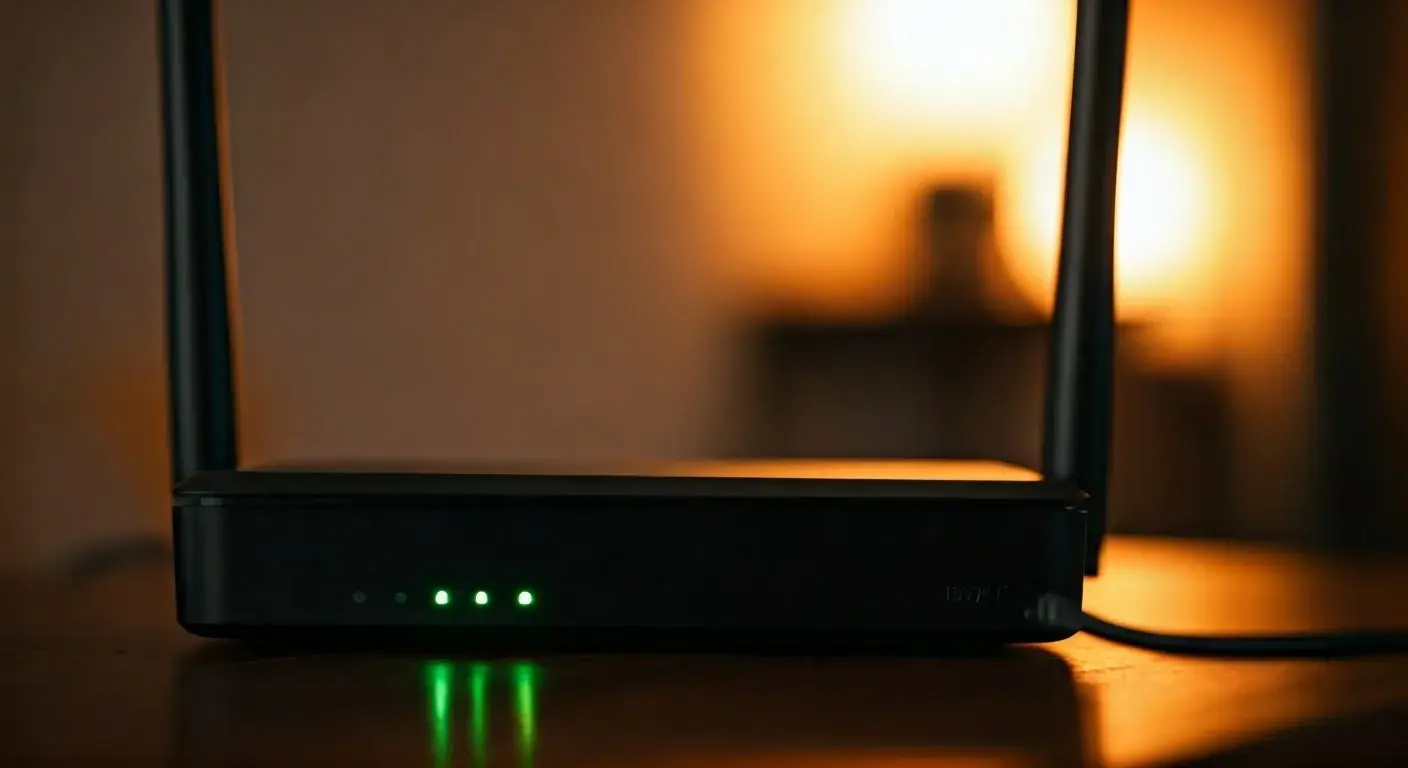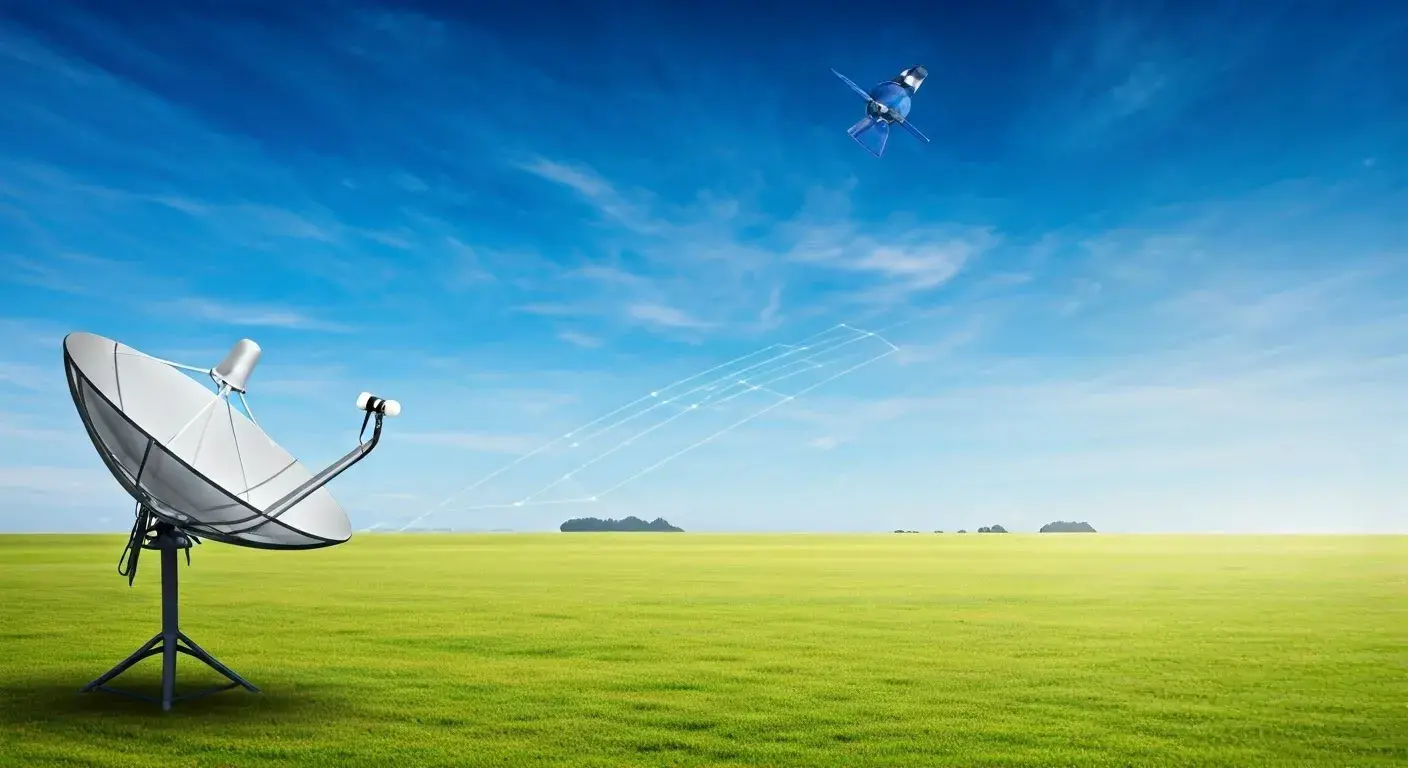How to get internet without cable or phone line?
It is possible to get internet without a cable or phone line through various methods such as satellite internet, mobile broadband or even through a wireless router.
Internet access at home is very much preferred and almost the norm in these modern times. However, getting high-speed internet through cable or phone lines is not cheap, mostly because you have to pay for cable TV service even if you never use the service. On the bright side, there are quite a few ways to obtain home internet access without the use of cable or phone lines. Below are some of the best techniques that can be used to connect to the Internet without the costly cable or DSL charges.
Use Your Cellular Data
One basic option for Internet without having to rely on a cable or telephone line is to use the data plan on a smartphone or the cellular version of a tablet. Today most cell networks deliver high speed data almost anywhere, especially when using 4G LTE networks. Through the built-in mobile hotspot/tethering feature, the device can instantly share its active cellular data connection with other devices via Wi-Fi or Bluetooth.
The main disadvantage of such an approach is that most of the carriers impose a limit on the amount of data traffic that can be used, after which the connection speed is heavily restricted. However, for those users who do not use the internet intensively, a cell phone plan with a variety of GBs may be sufficient for web browsing, e-mailing, messaging, and social networking as well as occasional streaming. For higher internet usage, users subscribing to bigger packages of data, such as 10GB and above, can easily accommodate the rate of usage.
Use Fixed Wireless Internet
Fixed wireless internet is another broadband technology that delivers high-speed internet service through a cellular network, but with much higher data limits than a regular cell phone data package. Different wireless ISPs deploy a fixed antenna or router at your home, which in turn makes a connection with the nearby cellular towers.
This gives you home Wi-Fi without the need to get cable or phone line internet service providers. Mobile broadband plans for a month have no limitations – download speeds are from 10 to over 50 Mbps. Although there is provision of faster cable to be attained, the fixed wireless is capable of delivering adequate performance for most of the internet usage including high quality streaming.
The main drawbacks include; service areas are still restricted for most of the fixed wireless providers and wireless availability is somewhat less and is affected by severe weather conditions than the wired cable or DSL. But there is still growth in fixed wireless networks, and the networks are becoming more accessible and capable as well.
Satellite Internet Access
Satellite internet provides a broadband solution to nearly any home by using orbiting satellites located more than 20,000 miles above the Earth. This entails installing a small receiving dish antenna at Home. At the heart of this technology is a satellite modem that connects to the dish and wirelessly broadcasts internet connectivity throughout the house. Satellite internet is now sufficient to offer a normal internet speed of 15 to 35 Mbps for general internet usage. Sometimes, it may be slower than other internet types because of the vast distance over which signals have to travel to and from the satellites, but generally, the regular, Web pages, video streaming, gaming, video calls, etc., are quite acceptable most of the time.
Some plans have moved from older restrictive boundaries, while many offer data as close to unlimited as possible at certain times of the day. This is similar to other wireless systems in that storms may affect reliability and are not as optimal as wired systems; however, performance is fine most of the time. This offering makes the most sense for rural households that are not within reach of cable infrastructure or cellular signals.
Use Public Wi-Fi Hotspots
Public free Wi-Fi networks are easily found around business places, parks, and other public facilities and places. Some users often use hotspot networks as they do not require home internet bill to help them get online. The main disadvantage is the fact that one has to physically be at the location of the hotspot if he or she intends to use the internet.
Other limitations that most hotspots have include setting upper limits to connection speeds and connection time, in addition to restricting people’s access to most sites and services. Furthermore, Wi-Fi access, especially public ones, is not very secure. However, the public networks could suffice in a situation where one only wants to search the web, text, or even stream, depending on the speed that is offered. Some places, like cafés, may allow their patrons to use the internet for shorter or longer durations depending on the nature of the place. If you use the internet only occasionally, you may occasionally travel around the city with your computer and connect to different open Wi-Fi hotspots that will enable you to use the internet at minimal or no cost at all.
Unrestricted Use of Web Apps and Downloads
In a setting where you can only use a computer occasionally at school, work, or the library, you can maximize the amount of internet usage practices that are smart. The fewer and less complex web apps, sites, and downloads you use, the less time you spend connected to do other online activities.
Web-based email, for instance, Gmail, Yahoo Mail, or Outlook. Com is useful for receiving and sending messages without bulky programs. It is evident that the usage of social media, particularly applications such as WhatsApp, does not consume much data as opposed to streaming or downloads. This has given way to even social platforms requiring data efficiency. The face book and Twitter have reduced mobile and web interfaces to the basics that a user can define according to his or her choices. Constrained image and video streaming means that the time spent on consuming bandwidth is reduced, though the action can be socially shared.
When in metered connections, do not allow the streaming of large files and do not install software updates which consume data quickly in the background. For the highly advanced web users, it is possible to be updated and even interact online using very minimal actual connection time, at any one given time seizing free Wi-Fi opportunities across different available features in the week.
By actually using a Web Proxy or VPN.
Another clever stunt, which is a secret to many people, is the use of an intermediary proxy or a VPN tunnel. Web proxies work by opening a site and filtering through any content that comes in, before passing the cleaned information back to you. It has both increased security and cached data through the features of ad blocking and image optimization to provide a faster and cleaner internet to the users. They enable web access, especially for programs that operate on slow networks. Some of the most famous free ones are Hidester, Proxysite, and Anonymouse.
VPN services also hide your internet connection through an intermediary server, but move all connections through a private network designed for security. Yes, in fact, VPNs do provide more functionality, but they do consume a lot more bandwidth when compared to regular connections. However, this means that to check emails or messages for instance, one can take advantage of the limited hotspot data and thereby works many times over. The best free VPN solutions are TunnelBear, Windscribe, and ProtonVPN.
The best way to adopt Ethernet Over Powerline Adapters is as follows:
Imagine that the neighboring stores provide the guests with a free Internet connection, but only within closed premises on site. For that external bandwidth you might want to try using the powerline network adapters to bring them to your home. These devices operate by passing the signals that are inherent to the network through the existing installation of electrical wiring.
One of the activities within the starter kit entails connecting one powerline adapter to an available wall outlet near the outside Wi-Fi hotspot to join the network. The second adapter is plugged into a home outlet, transforming the bridged bandwidth into a wired Ethernet port that can output the Wi-Fi signal to your devices. Some of the examples that are available in the market are TP-Link AV series, Netgear Powerline series and d Zyxel plugs.
While the cellular and satellite connectivity is actively improving, along with proper usage of the scarce resources most of us have, it is possible to be consistently connected to the internet even in worst-case scenarios with no monthly ISP costs whatsoever. When selflimiting the high costs of cable or phone line services, try to learn more about the range of alternatives available for you at your location. Hoping to keep the internet connection independently is not a deed that has to cost a lot or be too complicated if one thinks strategically.
Ready to elevate your home entertainment? Call us now at +1 844-345-0888 to explore the best Xfinity plans for your home! Enjoy fast internet and premium TV options. Don’t wait—get connected today!





